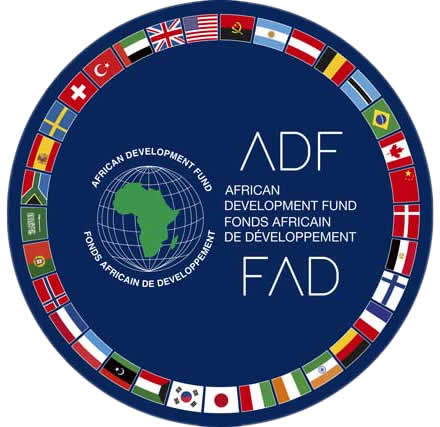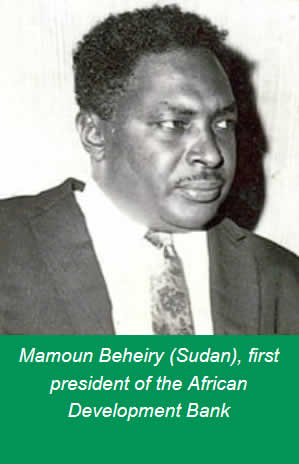
African Development Fund
The African Development Fund (ADF) contributes to poverty reduction and economic and social development in the least developed African countries by providing concessional funding for projects and programs, as well as technical assistance for studies and capacity-building activities.
History

